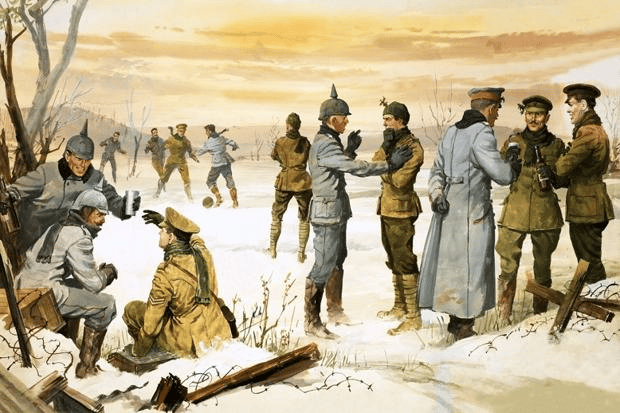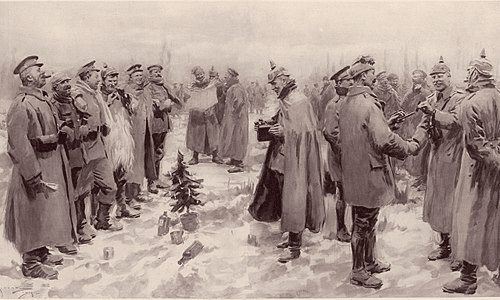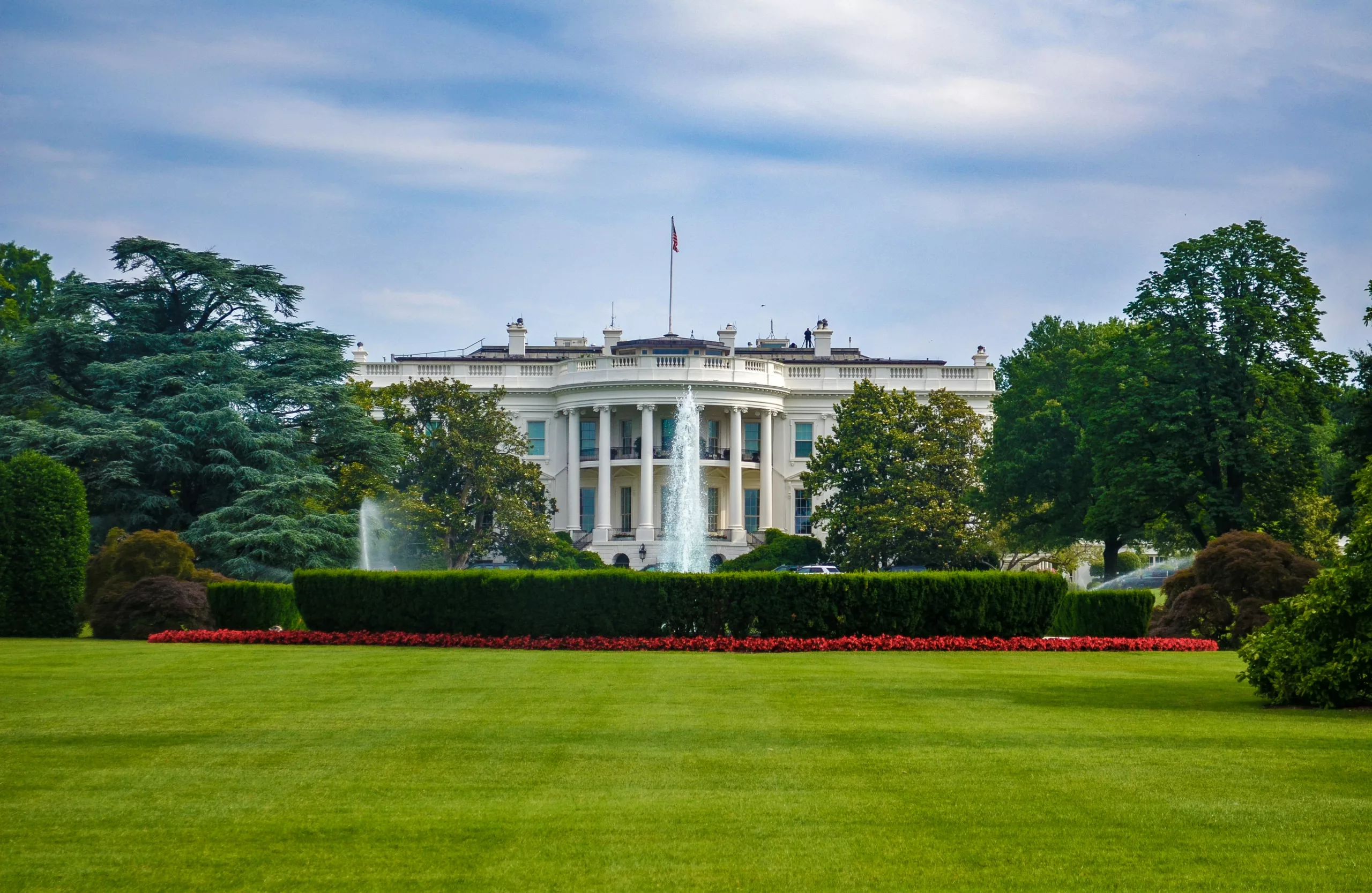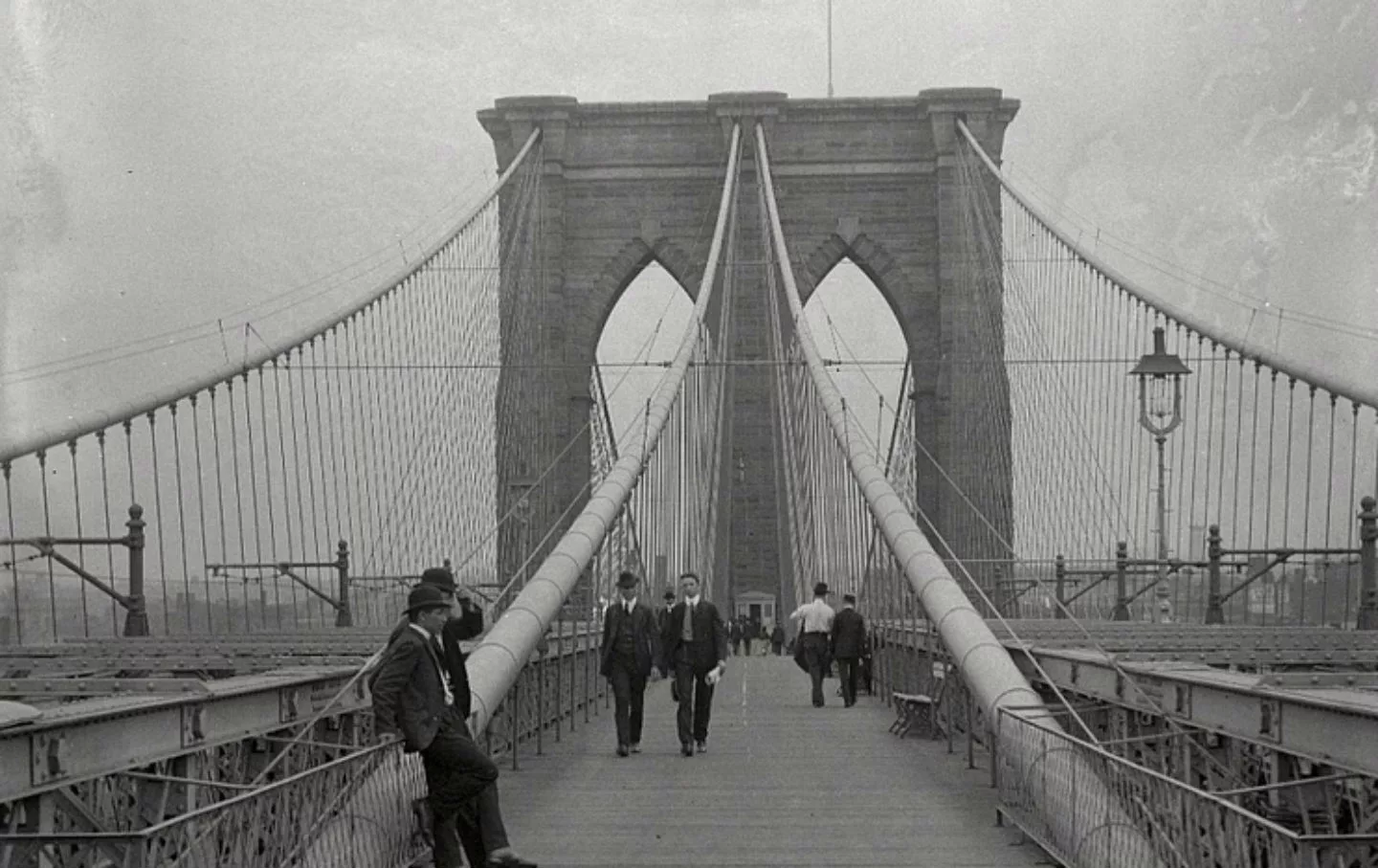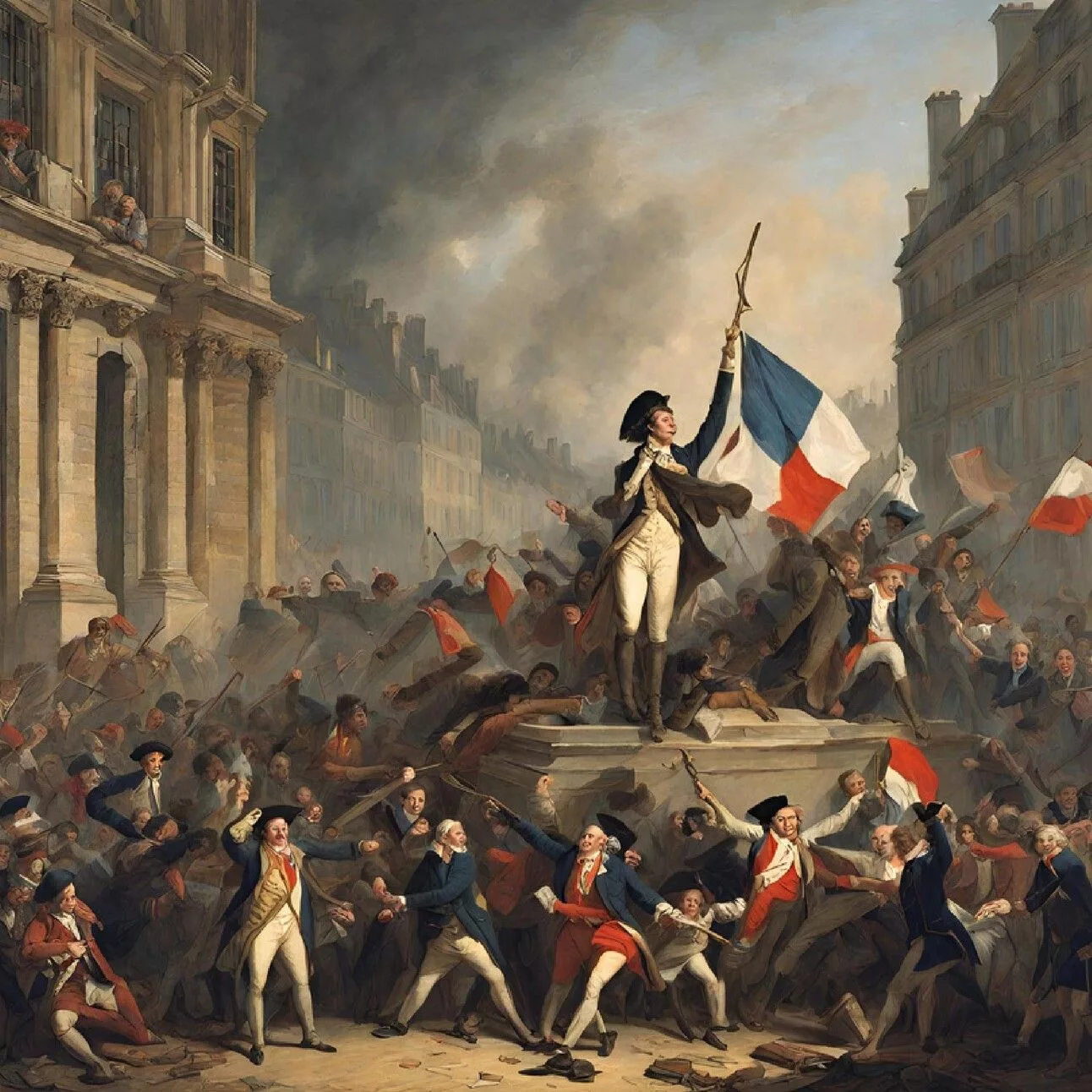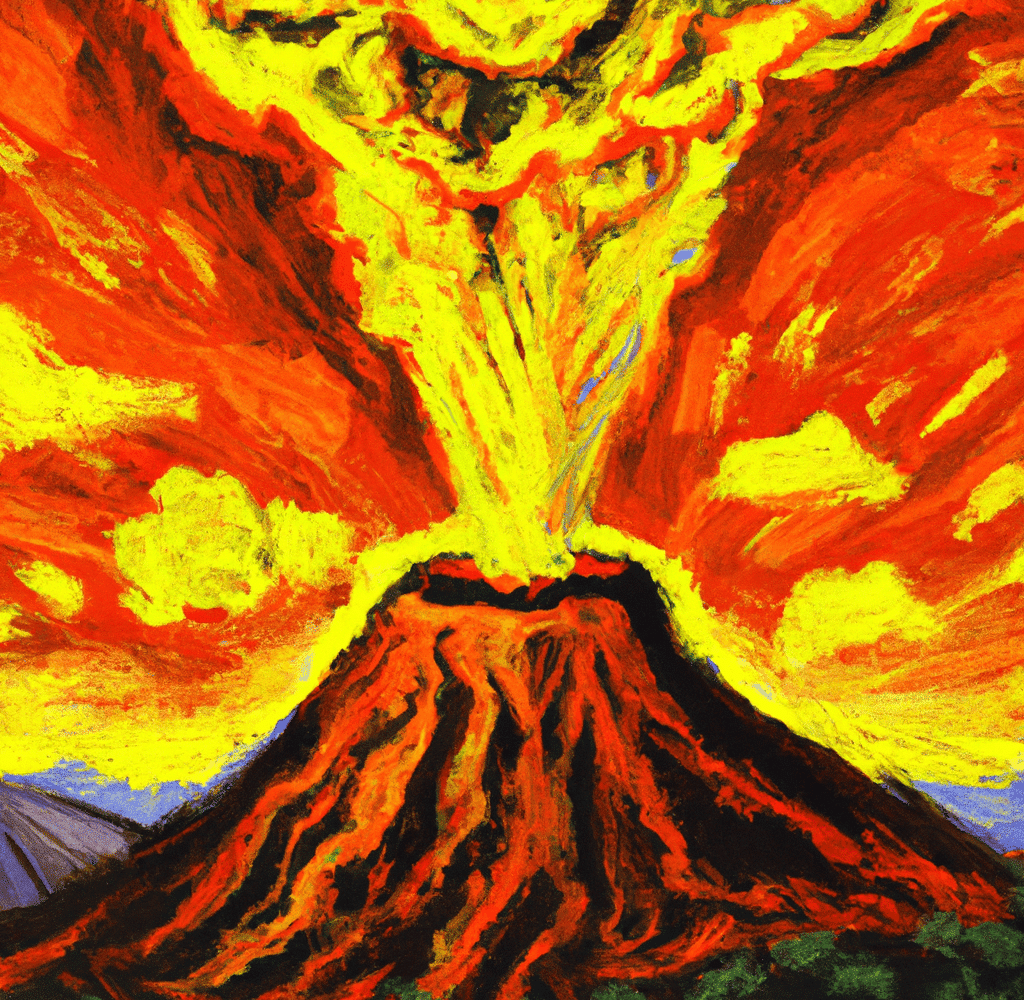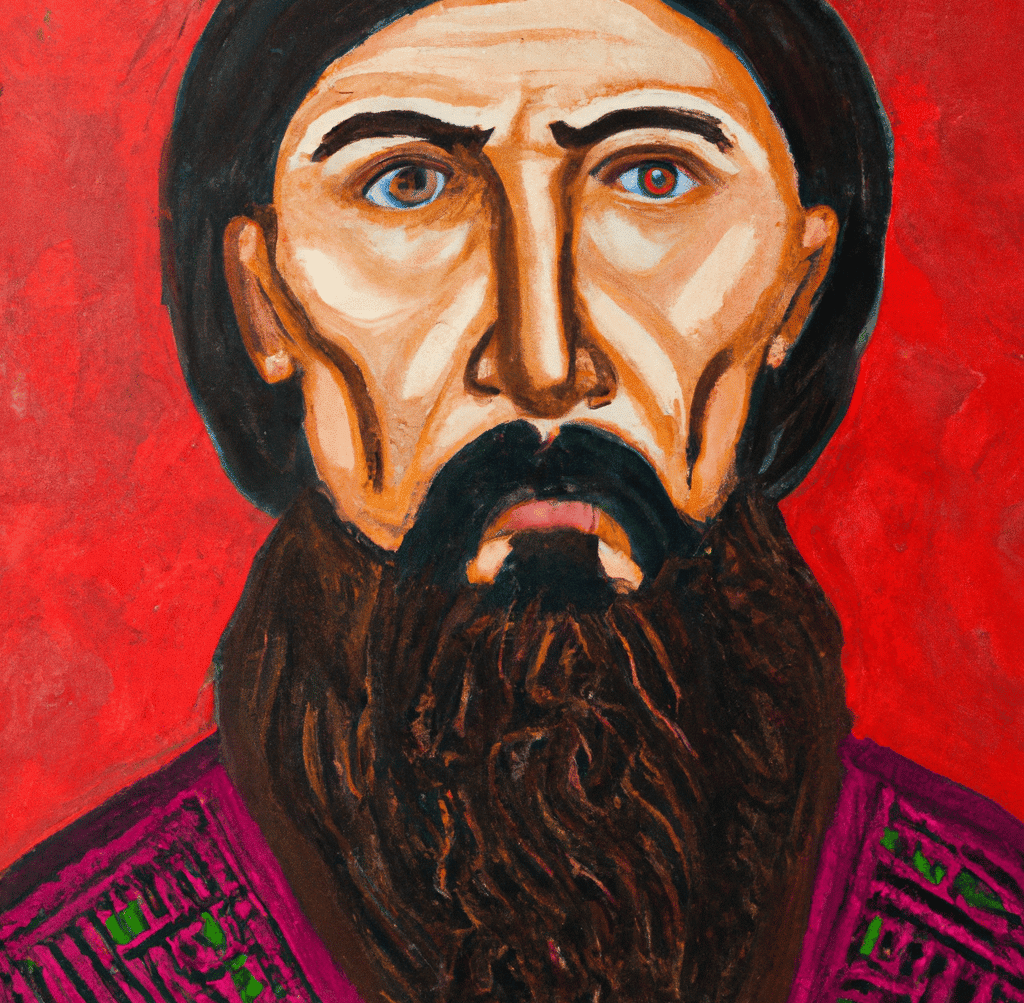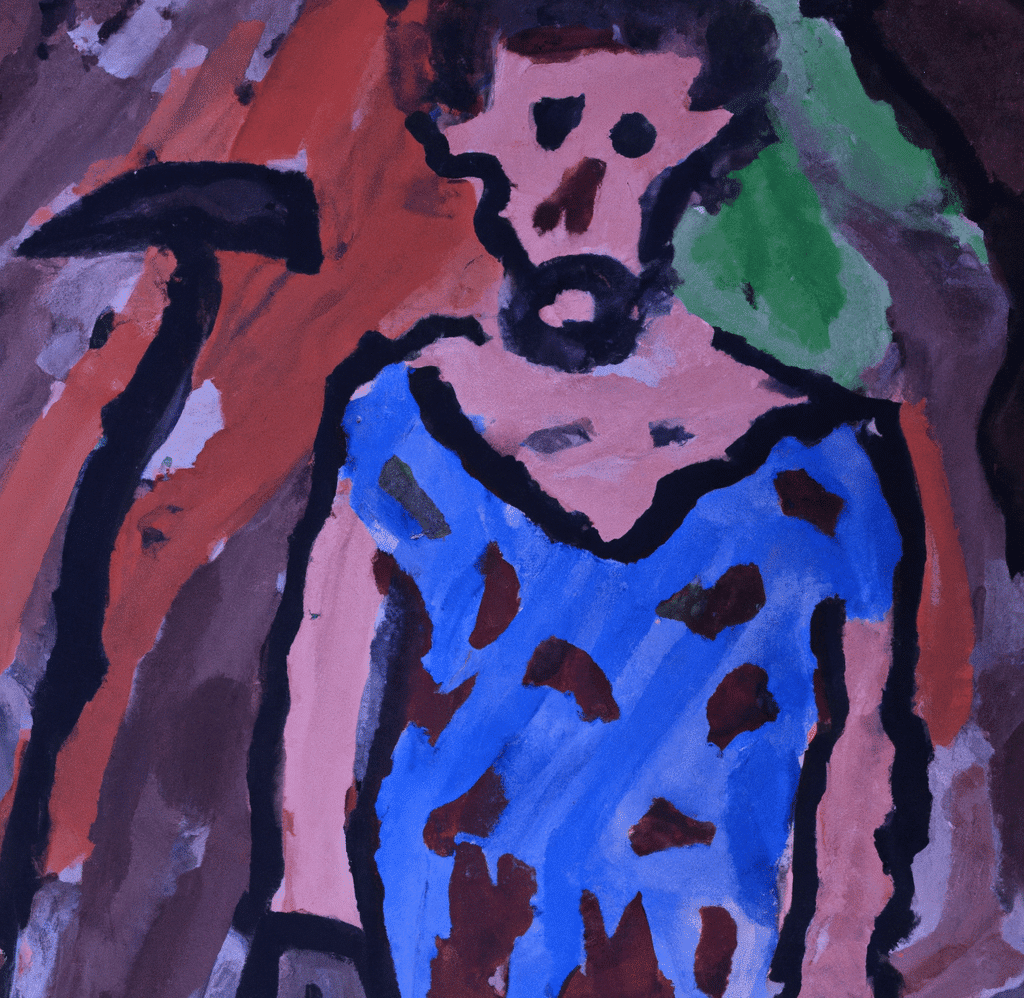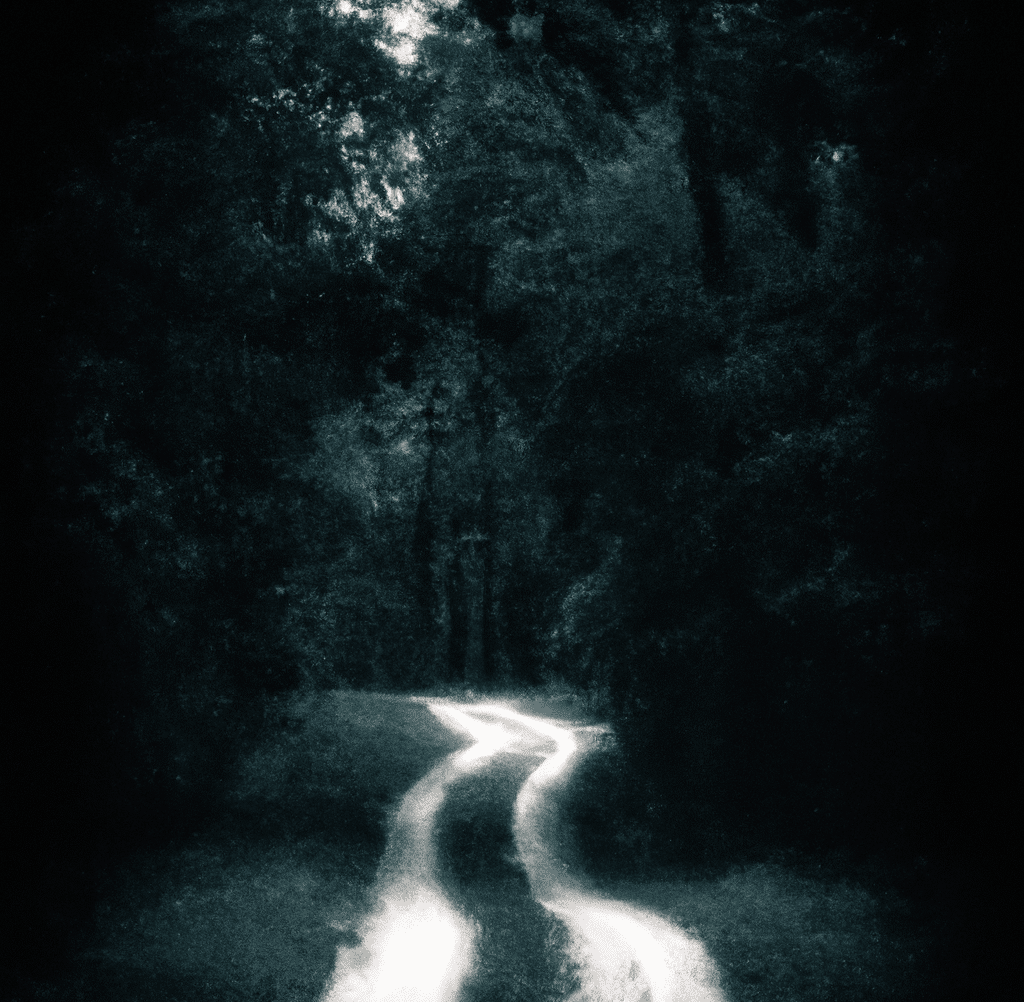As the holidays approach, feelings of joy and merriment begin to seep into our hearts. Even if we’re more than ready to bid the year ado, we can’t help but get sucked into the holiday spirit. It turns out, that spirit can also live on in an active war zone. In 1914, just a few months into World War I, nearly 100,000 troops from opposing sides engaged in a series of impromptu ceasefires, dubbed the Christmas Truce of 1914.
Instead of mortar fire, there was caroling. No man’s land became filled with enemies exchanging gifts and swapping stories. The (exaggerated) accounts of football matches have become the stuff of legend.
The Christmas Truce, albeit brief, lives on as a symbol of peace and comradery in the darkest of times.
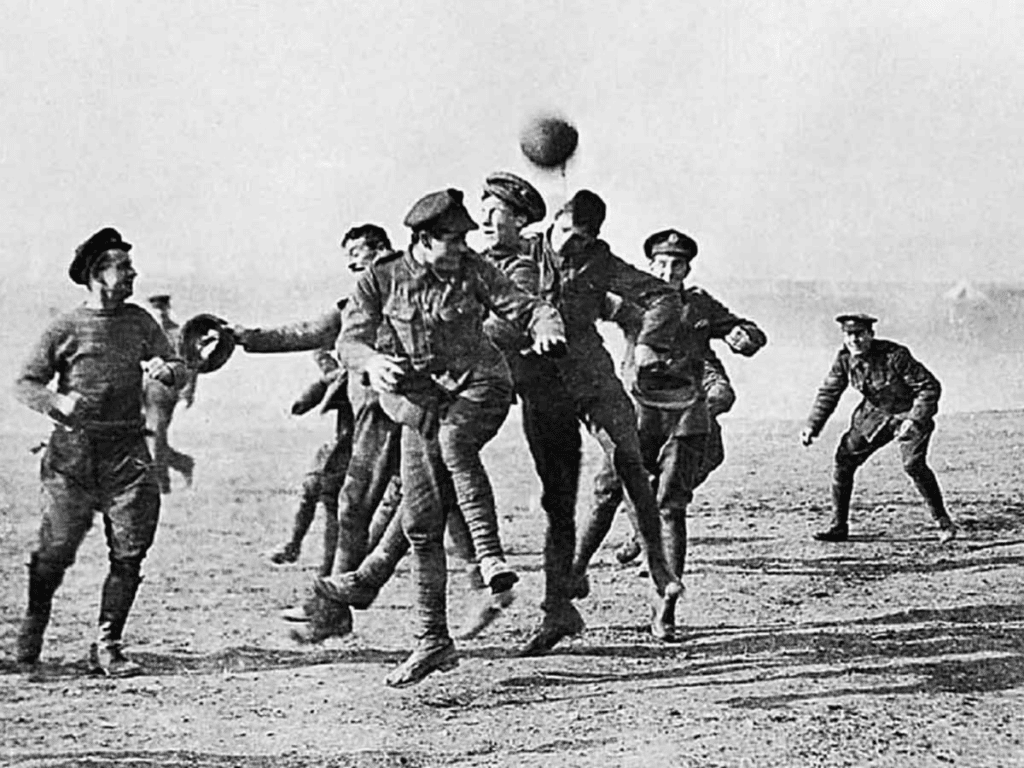
Singing From the Trenches
On Christmas Eve, 1914, a British machine gunner named Bruce Bairnsfather, was crouched in a muddy trench in Belgium – a “horrible clay cavity” – as he called it. Suddenly, he and many other British soldiers heard an extraordinary sound: Singing from the German trenches.
After some rival carolers joined in on the British side, along with some friendly shouting, enemy soldiers actually began climbing out of the trenches! On what was once a stage of death, soldiers became revelers, shaking hands, trading tobacco and wine, and enjoying one another’s company.
The Christmas Truce also became a time to safely gather fallen comrades for proper burial. The many accounts from different soldiers paint a picture of spontaneous fellowship in the midst of a bloodbath that would soon rage on.
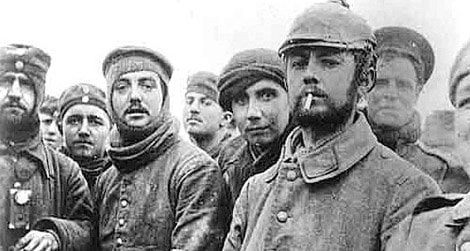
Before the Christmas Truce of 1914
During the first two months of the Great War (no, not that Great War), French and British troops steadily pushed back the German attack that was tearing through Belgium and into France. In order for both sides to maintain their manpower and establish firm positions, they dug miles of trenches from the North Sea to the Swiss frontier.
In the weeks leading up to the truce, there had been many efforts made to establish peace by groups like the British women suffragettes, and even Pope Benedict XV. On December 7, 1914, the Pope pleaded with the warring governments to establish an official truce. The nations declined.
With both sides firmly dug in, the harsh winter weather brought damp and muddy conditions that turned to a sudden hard frost. Morale plummeted across the Western Front and the thought of Christmas bringing anything other than more bloodshed was ludicrous.
Until Christmas finally arrived, and with it, a moment of peace.
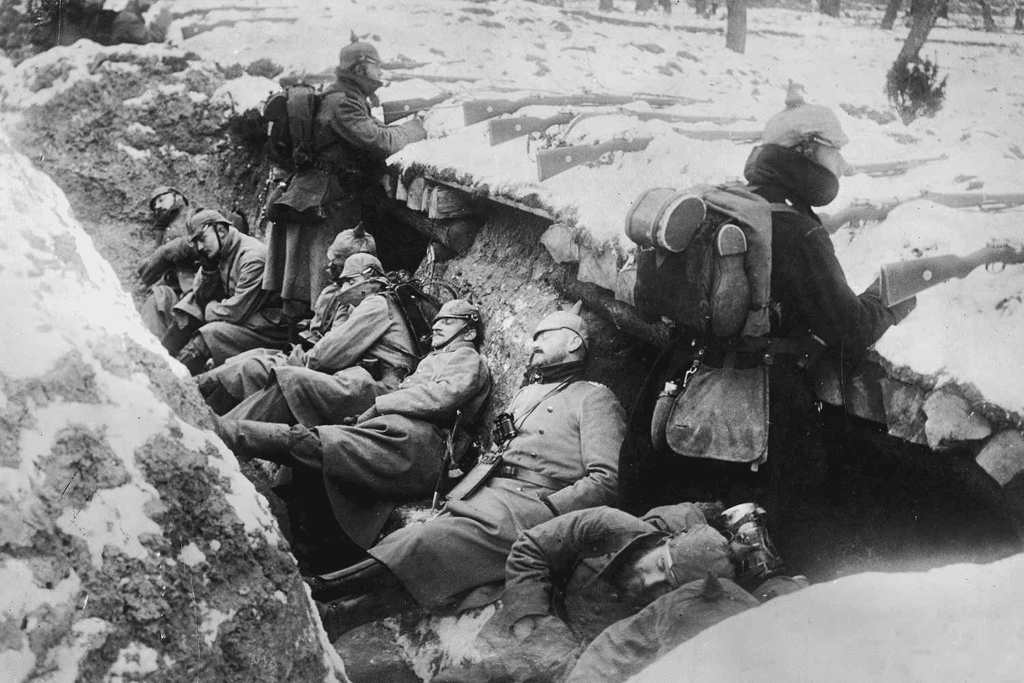
When Christmas Came
It remains a mystery just how widespread the Christmas Truce was. When Christmas came, there were still numerous accounts of fighting across Europe.
In some instances, soldiers who attempted to fraternize with the enemy were shot by commanding officers, whose superiors had grown horrified by these increasingly peaceful attitudes.
Then, there were the Russian Orthodox soldiers who celebrated Christmas on January 7, with fewer accounts of fraternization. One estimate suggests that the truce most likely extended across two-thirds of the British-held trench line through Belgium.
While the higher-ups wanted war no matter the holiday, the Christmas Truce was an unplanned event appearing almost magically out of a collective desire to salvage some of the humanity that was being chipped away.
But as history tells us, this magic did not last long. World War I claimed the lives of nearly 15 million people. The war forever altered the global political and military landscape, not to mention the scars torn across hearts and minds for generations to come.
